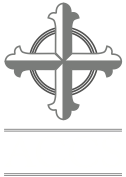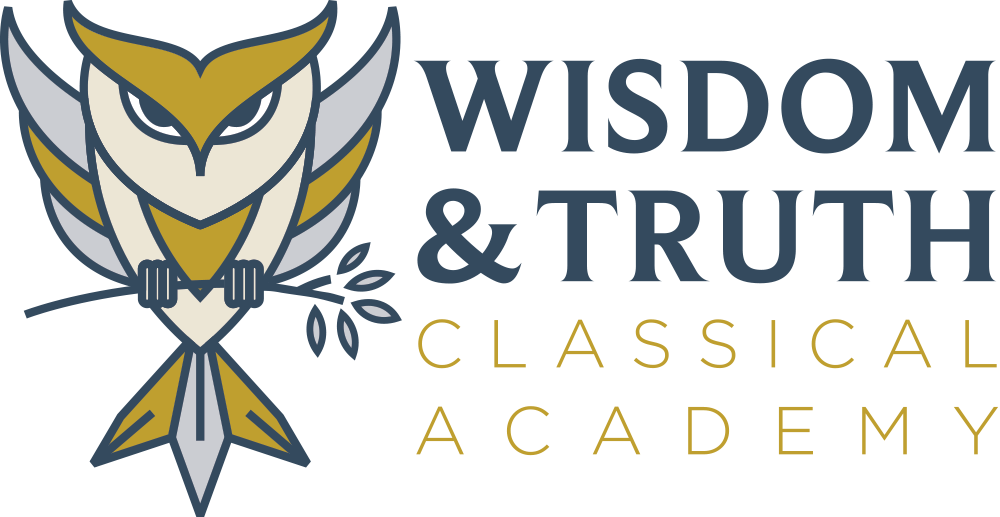The Trivium as Stages of Learning
The historical tradition of the liberal arts has been the cornerstone of early education. These tools ‘cut with the grain’ of how children learn. Thinking precisely (grammar), reasoning faithfully (logic), and communicating effectively (rhetoric) make up the trivium as arts of language. The mathematical arts of the quadrivium simultaneously round out the study of creation, showing the order and elegance of the Creator’s world.
Dorothy Sayers’ essay “The Lost Tools of Learning” has had a large impact on how we describe the method of classical education as a progression of cognitive development through the stages of Grammar (K-6th), Logic (7-9th), and Rhetoric (10th-12). The classical tradition has not historically explained the Trivium in terms of “child psychology” or as “a theory of child development,” and Sayers’ application of the term may be confusing to parents when we use what is often a new word in two different ways. Yet, classical Christian schools have rightly held on to an aspect of these arts being used as a method. When we look historically into the progression of how students were educated, we see that Sayers’ “Trivium as Stages of Learning” does broadly align with classical teaching practices.
The Stages of Grammar, Logic, and Rhetoric
Young children in the Grammar Stage, who by God’s design, can naturally and with great ease, retain an abundance of information, find great joy as they are taught through stories, songs, rhymes, and chants. Students in the Logic stage, naturally inclined towards questioning the world around them, are taught to question appropriately, argue respectfully, and defend their answers with sound logic and moral integrity. Students in the Rhetoric Stage find that their interests naturally shift to questions of identity and relationships and are taught to express themselves with clarity and excellence for the building up of the body; this culminates in the preparation, presentation, and defense of a Senior Thesis before the School Board.
It is important to note: In each stage of learning, the child is engaging all three of the arts. The name given to each stage of learning should be understood as an acknowledgement of which art is most emphasized. The graphs below may serve as a simplified visual to help see that while one art will receive more emphasis depending on the child’s stage of development, no art is neglected.

Address
7702 SW Regional Airport Blvd
Bentonville, AR 72713
Phone
(479) 352-9868
lharris@wisdomatca.org




